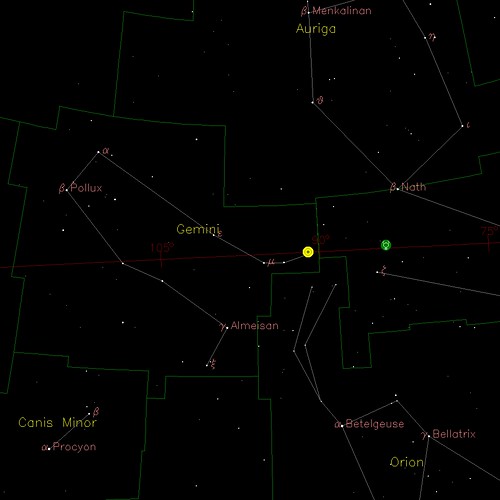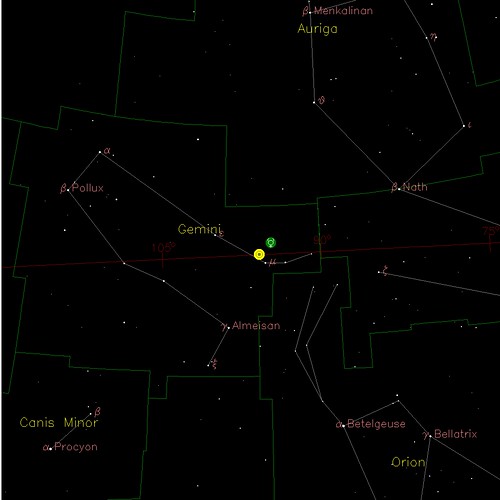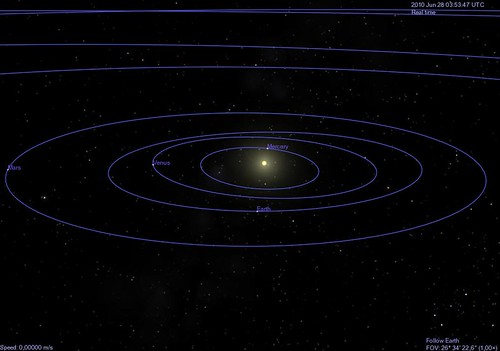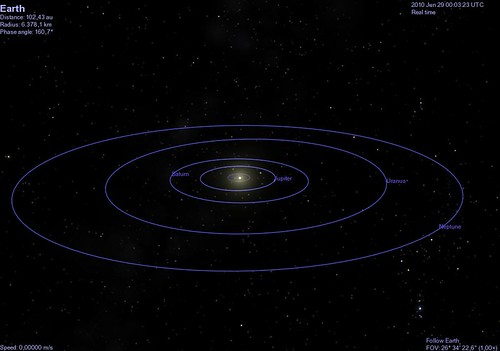E
EarthlingX
Guest
Time too, please. LASCO C2 for 24th at 1k images is 10MB, C3 almost 20MB, to clarify my point.MeteorWayne":pt2qs4z7 said:If you go to the SOHO movie theatre and put in Apr 24 as the start date and Apr 26th as the end date you can see it.
I post this stuff in real time as it's happening, but will give start and end dates in the future.
Movie theatre uses 512x512 images, and i'm not happy with that.
I'm downloading C2 and C3 for 23-26th, because there was a cute prominence at 24th i think, seen by STEREO.
I'll drop it in the Solar Cycle Progression thread, but i have images on the disk, and if i spot Mercury, i'll post it here.






